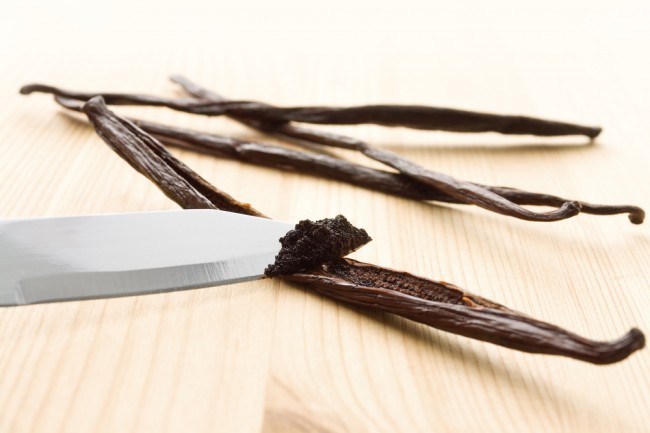
Sometimes it feels like we take vanilla for granted. It’s such a common flavor, one which we’ve all encountered our whole lives. We even refer to something bland as “vanilla.” Yet we can’t comprehend life without this flavor. Vanilla ice cream is always waiting for us when we don’t feel like chocolate or salted caramel brownie ale (which also uses vanilla as a flavoring). We just assume that it will always be there… but will it?
According to a report from Canadian vanilla supplier Aust & Hachmann, we soon might have a little difficulty finding this flavor on the shelves. And at the very least, if we do see it on shelves, we are going to have to pay a pretty hefty price to get it. Madagascar is the top producer of vanilla in the world and the nation’s 2016 crops were crazy low.
“The state of the global vanilla market has deteriorated to levels unimaginable just a few short years ago,” the report reads. “Almost all of the speculative vanilla being warehoused around the world (at some point probably over 2500mt) has for the most part been sold and as a result the market has lost an all-important buffer.”
If you’re planning to purchase vanilla beans or vanilla extract, expect to take a hit in the wallet. The export price for vanilla from Madagascar (where most of the world’s vanilla is grown) has reached an unprecedented level at $500 per kilogram. The price is likely to rise and the assumption is that vanilla will be the most expensive it’s been in the last decade. That may make for some pretty pricey baking.
To see how easily vanilla markets can crash, we need only look back to 1985 when Coke decided to change it’s original recipe and give the world something we never asked for: New Coke. When the drink was introduced in April of that year, the vanilla producers in Madagascar were none too pleased. In fact, it almost completely cratered the vanilla industry (and the nation’s economy).
The demand for vanilla sank to ridiculously low levels because the recipe for New Coke didn’t contain any vanilla beans and Coca-Cola Classic’s production used more than 30% of the overall world vanilla bean crop per year. Obviously, this is the complete opposite of what is happening now, but you get the idea. If Coca-Cola hadn’t realized how much they screwed up and returned to the original recipe, the vanilla industry in Madagascar might have imploded because prices would have been so low. It’s a fragile industry, mostly based in one corner of a very remote island.
In this case, prices are getting higher and higher. And it’s not because of some giant corporation making an odd choice. It’s because vanilla crops were at a ten year low. This wasn’t helped by the picking up not-yet-ripe vanilla beans and quick-curing instead of manual, traditional methods. This means that not only are the numbers low, so is the quality. All of this leads to us paying more for top-graded vanilla beans and vanilla extract.
Who knows if prices will continue to rise. Crop yields weren’t close to what was predicted and that’s not great. We don’t need to go out into the streets, screaming and waving our arms just yet and there’s no need to horde vanilla in your basement. But we should expect to pay a little more for vanilla and expect to see brands go back to synthetic vanillin.






